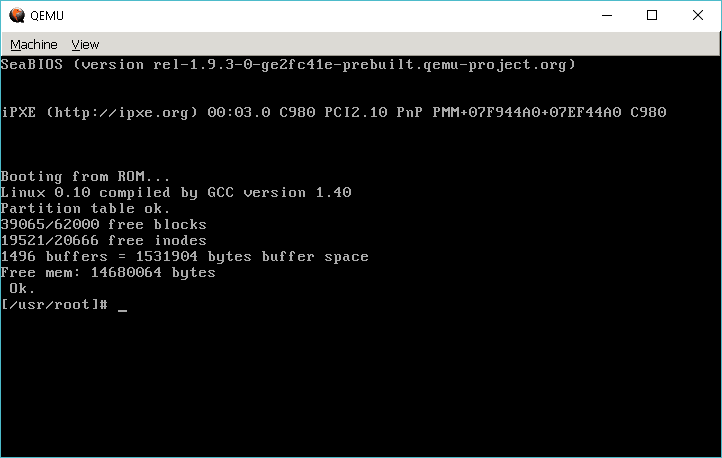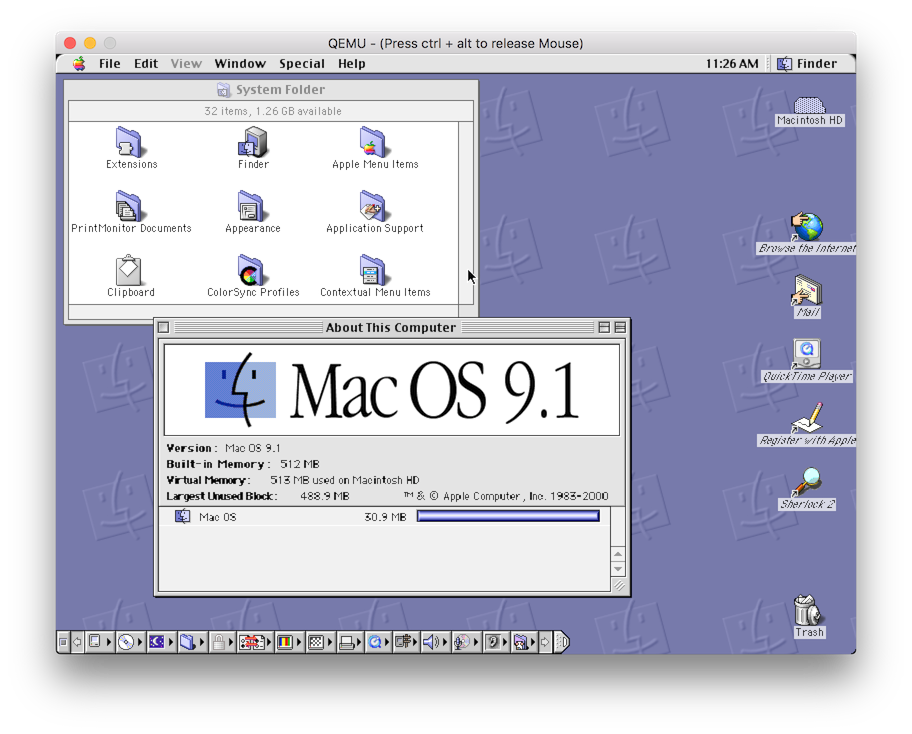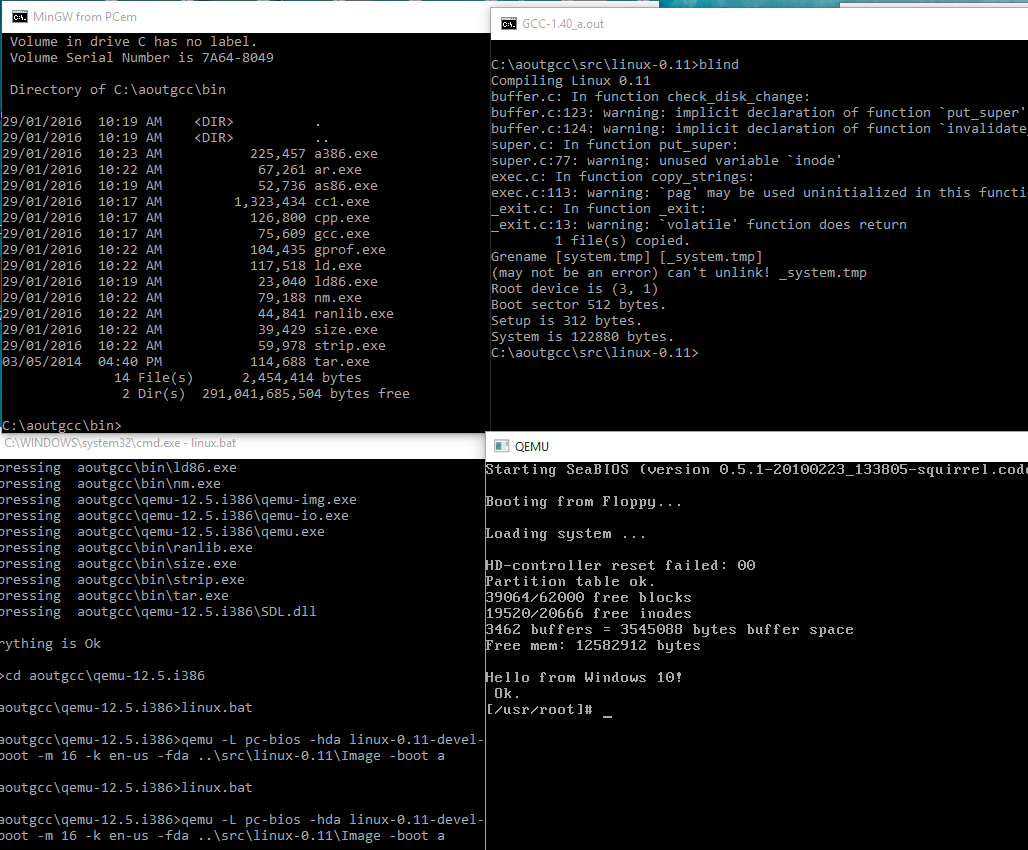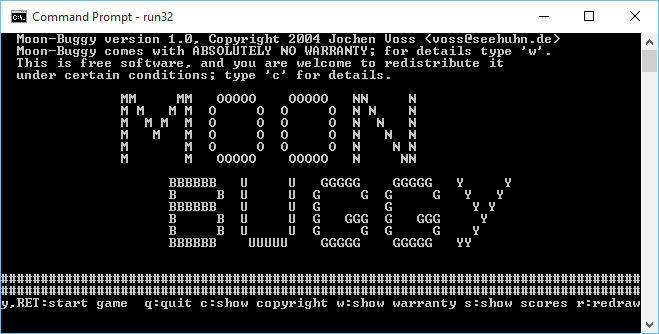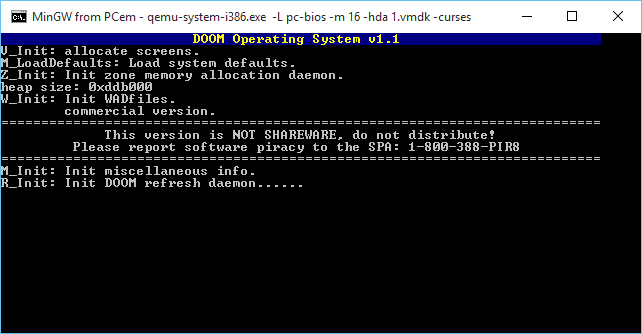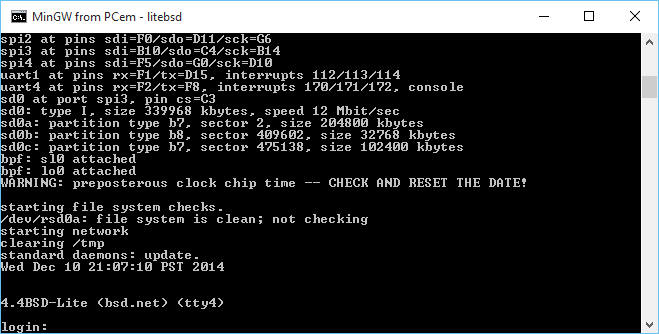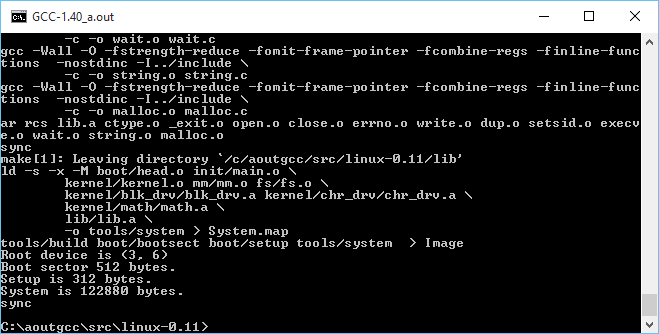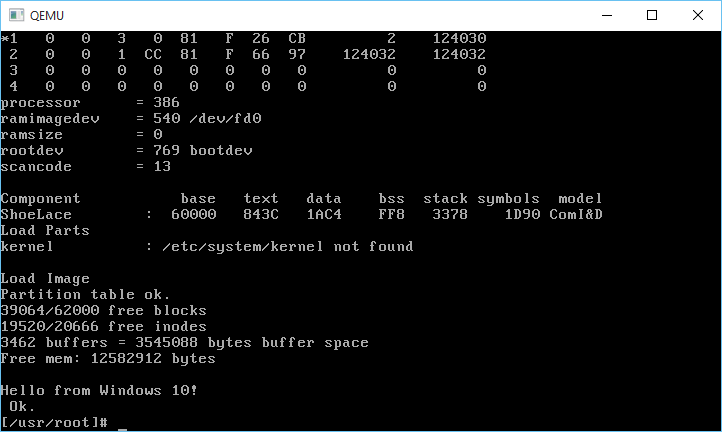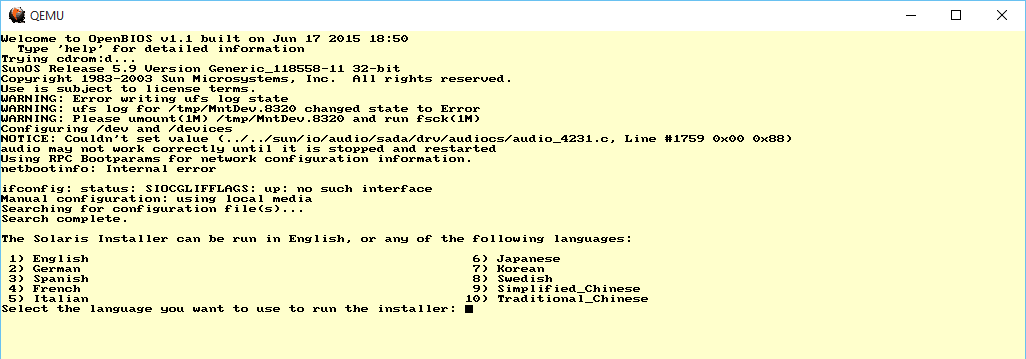 Yes, 20 years!
Yes, 20 years!
The list announcement:
OpenBSD's source tree just turned 20 years old.
I recall the import taking about 3 hours on an EISA-bus 486 with
two ESDI drives. There was an import attempt a few days earlier,
but it failed due to insufficient space. It took some time to
repartition the machine.
It wasn't terribly long before David Miller, Chuck Cranor and
Niklas Hallqvist were commiting... then more people showed up.
The first developments were improvements to 32-bit sparc.
Chuck and I also worked on setting up the first 'anoncvs' to make
sure noone was ever cut out from 'the language of diffs' again.
I guess that was the precursor for the github concept these
days :-). People forget, but even FSF was a walled garden at
the time -- throwing tar files with vague logs over the wall
every couple months.
I was lucky to have one of the few 64Kbit ISDN links in town,
otherwise this would not have happened. My desktop was a
Sparcstation 10; the third machine I had was a very slow 386.
The project is now at:
~322,000 commits
~44 commits/day average
~356 hackers through the years
I thought I’d try OpenBSD 2.0 SPARC on Qemu! Â Well either with SUN PROMs, or OpenBIOS the result is the same, it crashes when initializing the SCSI bus.
ok boot disk0:b
Boot device: /iommu/sbus/espdma@5,8400000/esp@5,8800000/sd@0,0:b File and args:
>> OpenBSD BOOT [$Revision: 1.2 $]
Booting /bsd @ 0x4000
1179616+113448+93300+[48552+53058]=0x16f46e
(if this doesn’t work, fix pmap_bootstrap4m in pmap.c)[ preserving 101620 bytes of bsd symbol table ]
Copyright (c) 1982, 1986, 1989, 1991, 1993
The Regents of the University of California. All rights reserved.
OpenBSD 2.0 (GENERIC) #2: Thu Oct 10 17:50:37 MDT 1996
deraadt@sun4c:/usr/src/sys/arch/sparc/compile/GENERIC
real mem = 33165312
avail mem = 29028352
using 404 buffers containing 1654784 bytes of memory
bootpath: /iommu@0,10000000/sbus@0,10001000/espdma@5,8400000/esp@5,8800000/sd@0,0:b
mainbus0 (root): SUNW,SPARCstation-5
cpu0 at mainbus0: FMI,MB86904 @ 1169 MHz, MB86910 or WTL1164/5 FPU
cpu0: physical 16K instruction (32 b/l), 8K data (16 b/l) cache NOT enabled for 4/0 cpu/mmu combination
obio0 at mainbus0
clock0 at obio0 addr 0x71200000: mk48t08 (eeprom)
timer0 at obio0 addr 0x71d00000 delay constant 73
auxreg0 at obio0 addr 0x71900000
zs0 at obio0 addr 0x71100000 pri 12, softpri 6
zs0a: console i/o
zs1 at obio0 addr 0x71000000 pri 12, softpri 6
[slavioconfig at obio0] addr 0x71800000 not configured
power0 at obio0 addr 0x71910000
fdc0 at obio0 addr 0x71400000 pri 11, softpri 4: chip 82077
fd0 at fdc0 drive 0: 1.44MB, 80 cyl, 2 head, 18 sec
iommu0 at mainbus0 addr 0x10000000: version 5/0, page-size 4096, range 64MB
sbus0 at iommu0: clock = 584.500 MHz
dma0 at sbus0 slot 5 offset 0x8400000: rev 2
esp0 at dma0 slot 0x5 offset 0x8800000 pri 4: ESP200 40Mhz, target 7
scsibus0 at esp0
trap type 0x29: pc=f80e2494 npc=f80e2498 psr=4001bc0<EF,S,PS>
panic: trap
Stopped at _Debugger+0x4: jmpl [%o7 + 0x8], %g0
db>
But you can play kernel hangman, if you are into that kind of thing.
But make no mistake, the new 5.8 release (just released!) boots up just fine on Qemu:
Welcome to OpenBIOS v1.1 built on Jun 17 2015 18:50
Type ‘help’ for detailed information
Trying disk…
Not a bootable ELF image
Loading a.out image…
Loaded 66648 bytes
entry point is 0x4000
bootpath: /iommu@0,10000000/sbus@0,10001000/espdma@5,8400000/esp@5,8800000/sd@0,0
Jumping to entry point 00004000 for type 00000005…
switching to new context:
>> OpenBSD BOOT 2.11
Booting bsd
Loading at physical address 400000
1316320+2139464+409400=0x3b0604
cannot open /etc/random.seed: No such file or directory
console is ttya
Copyright (c) 1982, 1986, 1989, 1991, 1993
The Regents of the University of California. All rights reserved.
Copyright (c) 1995-2015 OpenBSD. All rights reserved. http://www.OpenBSD.org
OpenBSD 5.8 (RAMDISK) #23: Sun Aug 9 00:08:29 GMT 2015
[email protected]:/usr/src/sys/arch/sparc/compile/RAMDISK
real mem = 117309440 (111MB)
avail mem = 111083520 (105MB)
mainbus0 at root: SUNW,SPARCstation-5
cpu0 at mainbus0: MB86904 @ 170 MHz, MB86910 or WTL1164/5 FPU
cpu0: 16K instruction (32 b/l), 8K data (16 b/l), 512K external (32 b/l) cache enabled
obio0 at mainbus0
clock0 at obio0 addr 0x71200000: mk48t08 (eeprom)
timer0 at obio0 addr 0x71d00000: delay constant 73, frequency 2000000 Hz
zs0 at obio0 addr 0x71100000 pri 12, softpri 6
zstty0 at zs0 channel 0: console
zstty1 at zs0 channel 1
zs1 at obio0 addr 0x71000000 pri 12, softpri 6
zskbd0 at zs1 channel 0: no keyboard
zstty2 at zs1 channel 1: mouse
fdc0 at obio0 addr 0x71400000 pri 11, softpri 4: chip 82077
fd0 at fdc0 drive 0: 1.44MB 80 cyl, 2 head, 18 sec
auxreg0 at obio0 addr 0x71900000
power0 at obio0 addr 0x71910000
slavioconfig at obio0 addr 0x71800000 not configured
chosen “reg” property length = -1 (need multiple of 12)
builtin “reg” property length = -1 (need multiple of 12)
iommu0 at mainbus0 addr 0x10000000: version 0x5/0x0, page-size 4096, range 64MB
sbus0 at iommu0: 21.250 MHz
dma0 at sbus0 slot 5 offset 0x8400000: rev 2
esp0 at dma0 offset 0x8800000 pri 4: ESP200, 40MHz
scsibus0 at esp0: 8 targets, initiator 7
sd0 at scsibus0 targ 0 lun 0: <QEMU, QEMU HARDDISK, 2.4.> SCSI3 0/direct fixed
sd0: 6MB, 512 bytes/sector, 12288 sectors
cd0 at scsibus0 targ 2 lun 0: <QEMU, QEMU CD-ROM, 2.4.> SCSI3 5/cdrom removable
ledma0 at sbus0 slot 5 offset 0x8400010: rev 2
le0 at ledma0 offset 0x8c00000 pri 6: address 52:54:00:12:34:56
le0: 16 receive buffers, 4 transmit buffers
tcx0 at sbus0 slot 3 offset 0x800000 pri 9: 1024x768x8
wsdisplay0 at tcx0
wsdisplay0: screen 0 added (std, sun emulation)
“SUNW,CS4231” at sbus0 class serial slot 4 offset 0xc000000 not configured
“power-management” at sbus0 slot 4 offset 0xa000000 not configured
bootpath: /iommu@0,10000000/sbus@0,10001000/espdma@5,8400000/esp@5,8800000/sd@0,0
root on rd0a swap on rd0b dump on rd0b
erase ^?, werase ^W, kill ^U, intr ^C, status ^T
Welcome to the OpenBSD/sparc 5.8 installation program.
(I)nstall, (U)pgrade, (A)utoinstall or (S)hell?
Just don’t bother with the ‘install diskette’ try the miniroot instead.

